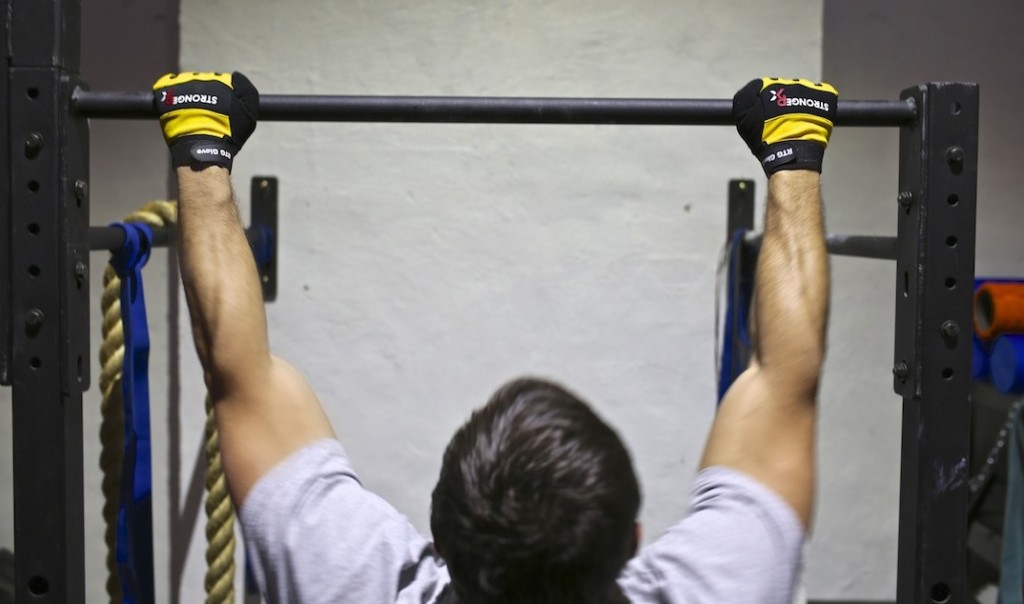
Pull-up bar exercises are an effective but usually challenging type of resistance training. However, with the right motivation and some creativity, this exercise can also be fun and fulfilling. Some programs are even applicable for the apartment.
As you may know, pull-up exercises help improve strength. If you can perform multiple pull-ups in one go, you’re most likely in decent physical shape.
Most Popular Pull-up Exercises
Pull-ups demand above-average stamina, agility, and a lot of upper body strength. With that in mind, let’s learn about some pull-up exercises and their benefits.
Pull-ups
Pull-ups are a classic exercise that stimulates many upper-body muscles in a single rapid, controlled motion. The capacity to raise oneself using only one arm is a popular bodyweight exercise that is not for everyone.
Unless you’re in great shape, pulling yourself up on a pull-up bar is highly challenging. The traditional pull-up exercise has a higher strength-to-bodyweight ratio. Basically, it just requires you, the bar, and the physical power of upper-body muscles to raise you.
If you’re able to do multiple repetitions, you can have an extremely gratifying workout. It will ultimately improve your strength and upper body muscle tone. Once it’s regularly included in your workout routine, pull-ups will help you build an athletic body with less fat, a defined waist, and broad shoulders.
Chin-ups
Chin-ups are very similar to pull-ups, except for how you hold the bar. Changing the positioning of your grip effectively works the secondary muscles, the biceps.
To do chin-ups, your hands should be facing inward, referred to as an underhand grip. Hold the pull-up bar with your hands shoulder-width apart. Then, raise your body towards the bar using your upper arm strength until your chin reaches above the bar.
At this point, your elbows must be completely bent. To distribute body weight more evenly, you can also cross your feet or bend your knees.
Performing chin-ups is more of a bicep-strengthening exercise, whereas pull-ups are more about the shoulder and waist. Many attest that chin-up exercise is relatively easier than a pull-up because it requires less effort in pulling the chin over the bar.
Chin-ups can help you enhance posture, grip strength, and overall physique while also strengthening the muscles that support the spine. As a result, the risk of back-related issues is reduced. Even if you can only do one or two chin-ups at a time, this exercise will benefit your body.
Knee Raises
Knee raises are known as a type of lower ab workout that involves raising and lowering the knees while clinging to a pull-up bar. This pull-up bar exercise primarily engages the abdominal muscles, especially the obliques and the hip flexors.
To do knee raises, hang on a pull-up bar and perform an overhand grip. It’s important to keep your torso straight while doing this exercise. Next, raise your knees to the chest and steadily lower your legs until they return to their original position.
In addition to abs training, knee raises can help practice isolation techniques and develop a stronger core. Your grip and forearms will also improve after some time. Like most pull-up bar exercises, doing knee raises needs a great deal of upper-body strength and a strong grip.
Toes-to-Bar
Toes-to-bar or TTB is a pull-up bar exercise that utilizes your weight to develop the different muscles in your body. You can do this by grabbing a pull-up bar via an overhand grip and letting your legs hang.
Then, with straight legs, raise your lower body using an entire range of motion in the direction of the pull-up bar. After that, lower your legs steadily before doing the next repetition.
The toes-to-bar exercise improves core strength, flexibility, and grip. In fact, it is an excellent example of a program frequently included in CrossFit workouts. Because of this, it comes as no surprise that it has grown in popularity in the fitness industry.
Negative Pull-ups
Doing negative pull-ups is an excellent progression exercise that concentrates on the lower part of a classic pull-up. You may consider it the pre-requisite to conventional pull-ups, except that you focus on the downward section instead of lifting yourself.
A negative pull-up is performed by starting in the flex hang and transitioning to a dead hand stance. It may appear to be a simpler and easier iteration of the conventional pull-up exercise. However, the benefits are nothing to scoff at.
It is an excellent upper-body workout. More specifically, it targets all muscles in your chest, arms, shoulders, and core, making negative pull-ups an excellent preparation exercise.
Practice Is the Key
Many beginners find themselves unable to do pull-up bar exercises. This notion may lead you to believe that it is just for individuals with an ideal body. However, with proper diet and motivation, pull-up bar exercises can help you achieve the body you desire to have. With enough practice, you should be able to do any of these exercises with no problems.






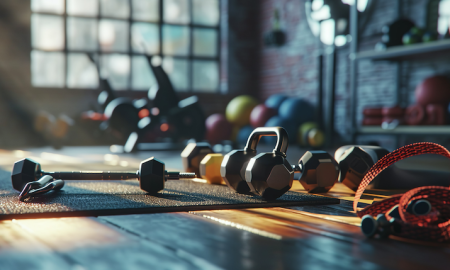
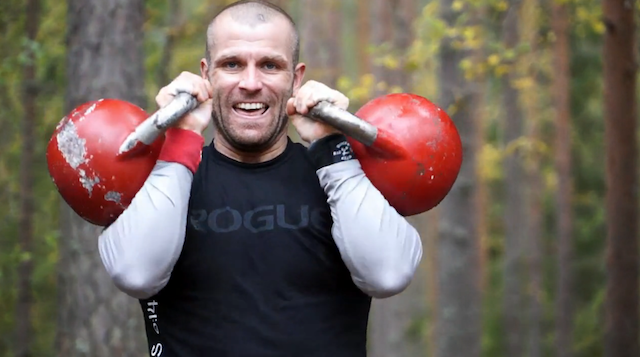


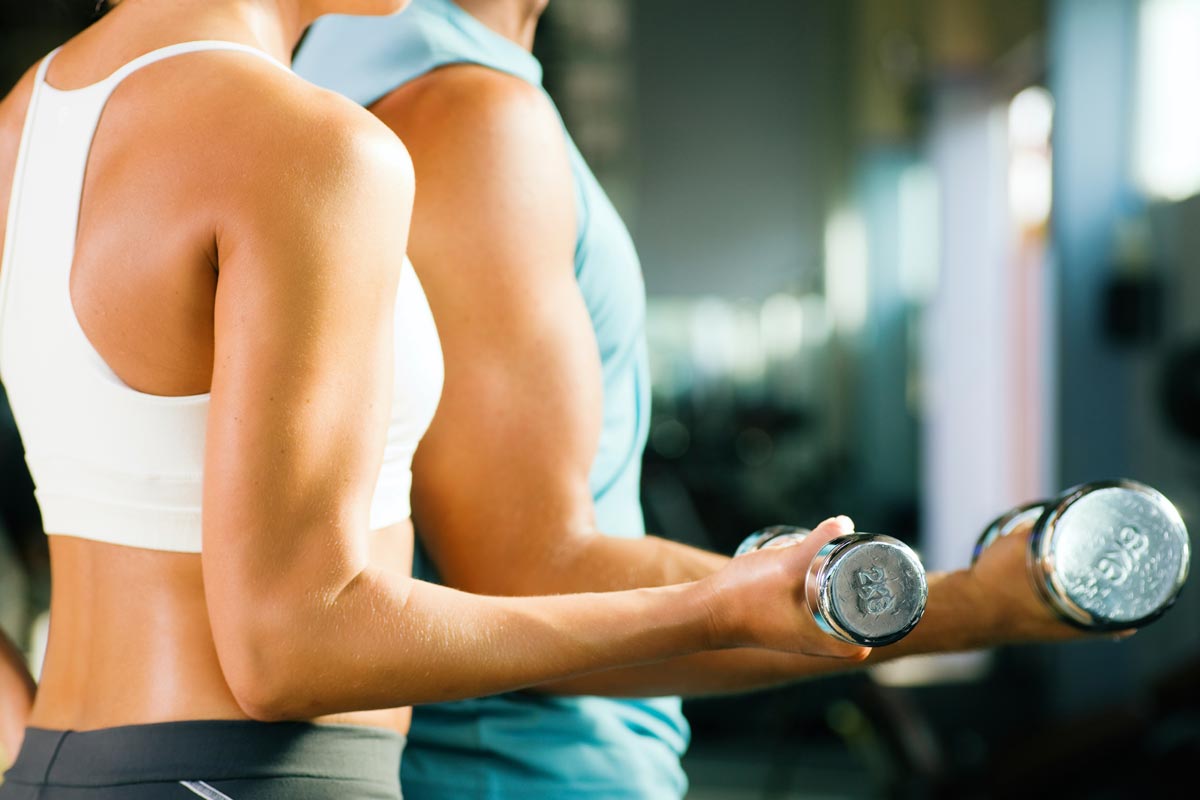


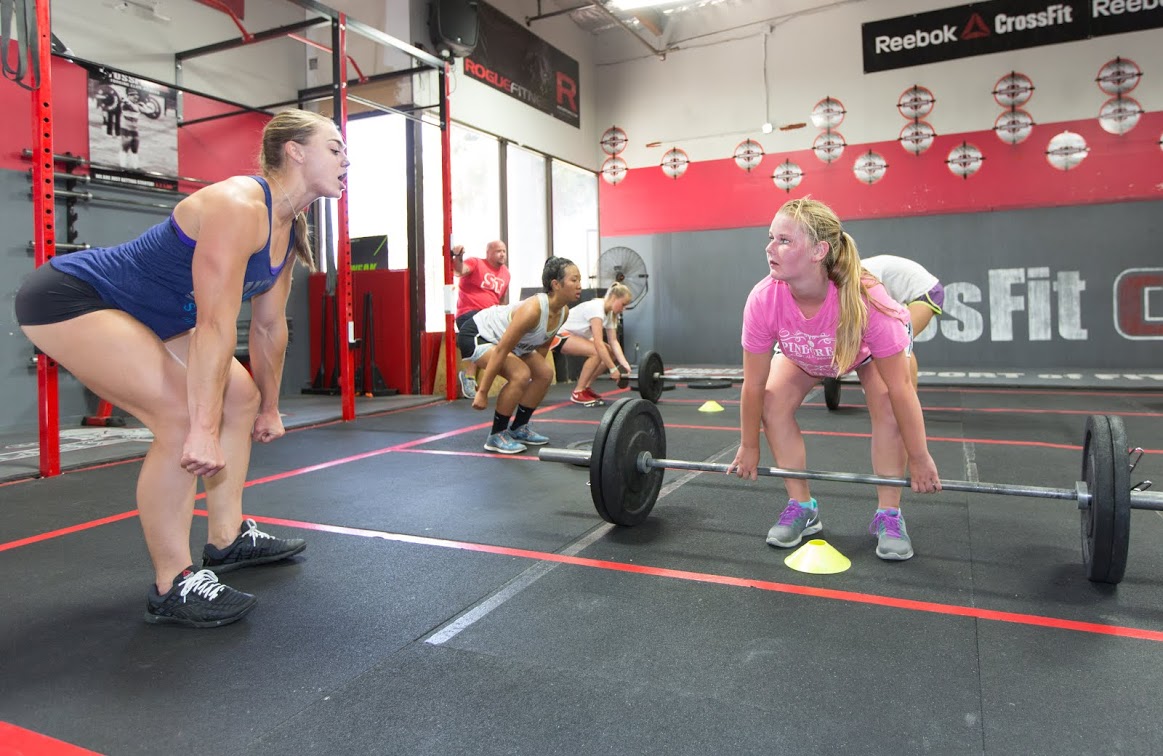
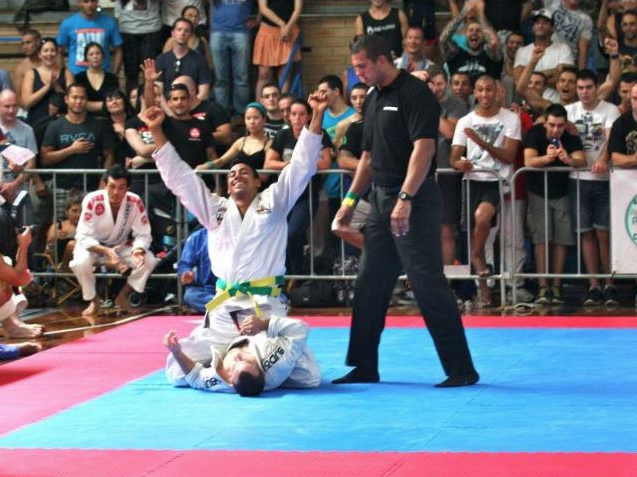

Follow Us